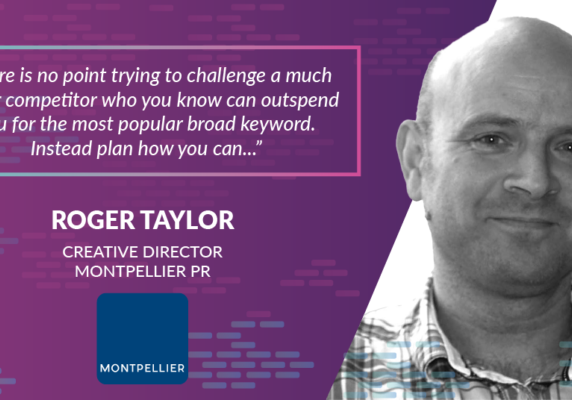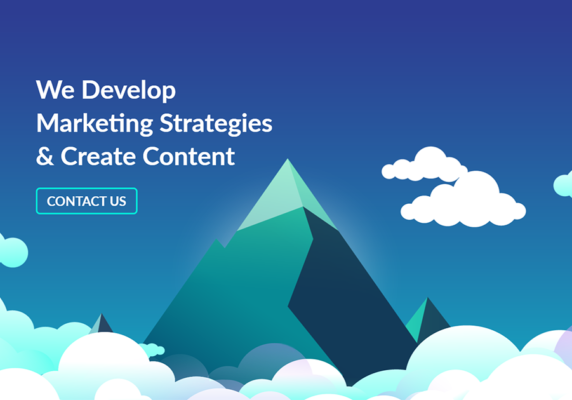17 Best Marketing Channels of today – part I

Exploring the Marketing Channels of Today
In today’s fast-paced environment we often find ourselves mimicking what others are doing without always looking into the large set of alternatives out there. When it comes to generating traffic, leads and sales, the choices we make with regards to marketing channels have a huge effect. Most of us are familiar with content marketing strategies and social media, but what other channels are there really? In this series of articles we will explore various marketing or customer acquisition channels that companies can choose from. We will discuss each of these channels and discuss their pros and cons.
1. Viral Marketing
“80 percent of online firms use viral marketing.” 24/7 Media
Viral marketing is a method and marketing channel through which your customers are encouraged to share information about your company, usually through the use of social media networks such as Facebook, Twitter etc. It consists of applying viral techniques to marketing campaigns as a means to raise awareness and capture the interest of a wide audience in order to grow your customer base as an end result.
In marketing parlance, ‘going viral’ means that each customer you acquire brings in an additional customer, which results in exponential growth that would’ve otherwise required a lot more time and effort. A downside of viral marketing is that it is difficult to sustain. People today have a short attention span hence keeping them engaged for a long period of time is always a challenge. However, if managed properly, a viral marketing campaign can yield considerable results in a short period of time, especially in combination with other marketing methods.
2. Public Relations PR
PR has been around for many years now. It consists of maintaining a good public image of your company out there through various outlets, including newspapers, magazines, TV and radio. PR is able to support marketing in several ways such as product publicity and overall company communication with the public (and other stakeholders). A good PR person or team is able to build long-term relationships with reporters and journalists in order to have access to such outlets. Moreover, in recent years we have seen the importance for companies to also have a strong social media presence.
Not only to communicate but also to receive valuable feedback that may otherwise be lost. PR can also be used in a manipulative way, for example convincing people to purchase a product or service which is in fact not suitable for them. Therefore, be wary of the strategies and tactics chosen as once your brand name gets diluted it is very hard to gain the public’s trust again.
3. Unconventional PR
Unconventional PR, as the name suggests, entails doing things in an unusual way. The first kind of PR is the good old publicity stunt – which is what we just covered in the previous section. The second kind of PR pertains to unconventional, smaller and scalable activities such as sending hand-written thank you notes to customers and holding competitions for prizes. Such activities build good rapport with the public and certainly receive press coverage. On the other end, this may not always be the case.
In some instances, when the campaign has not gone right, it does not get picked up by the press nor does it have a big effect. Nonetheless, getting potential customers to talk about your company and products is the first step to building a long relationship with a customer. A customer that remains loyal is much more valuable and more inexpensive than acquiring new a new one every time.
4. Search Engine Marketing
Search Engine Marketing, otherwise known as SEM, consists of placing paid ads on search engines such as Google for a period of time. Companies today spend well in the millions in trying to gain non-organic growth from this relatively new channel. Placing ads of search engines simply increases the visibility of your website and company thus marketing people aware of your solution(s).
If done correctly, ads that cater to a target audience will yield high conversion rates (i.e. from seeing the ad, visiting your website and becoming a customer). That being said, the costs associated with SEM can be high depending on your industry and market. Popular keywords can be very expensive, thus requiring a serious partner who can assist your company throughout the process without wasting budget allocations.
In our installment of 17 best marketing channels article we will cover four additional customer acquisition channels, including Affiliate Programmes, Trade Shows, Search Engine Optimization and Offline Events.
So stay tuned!



